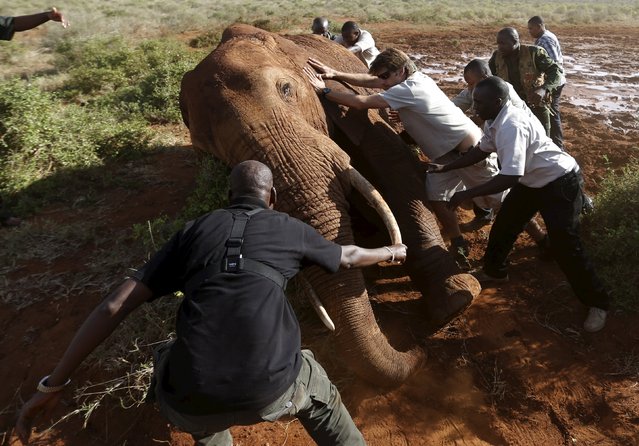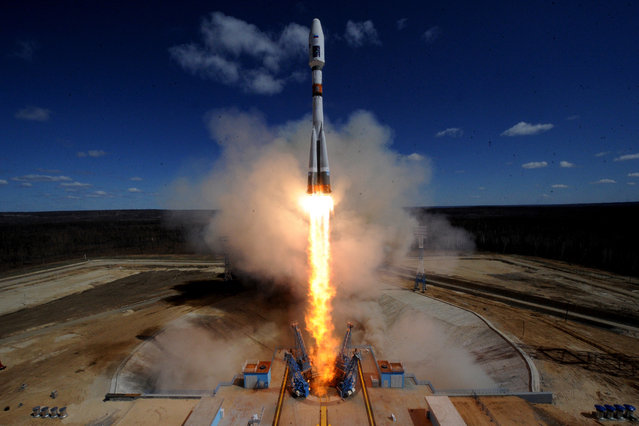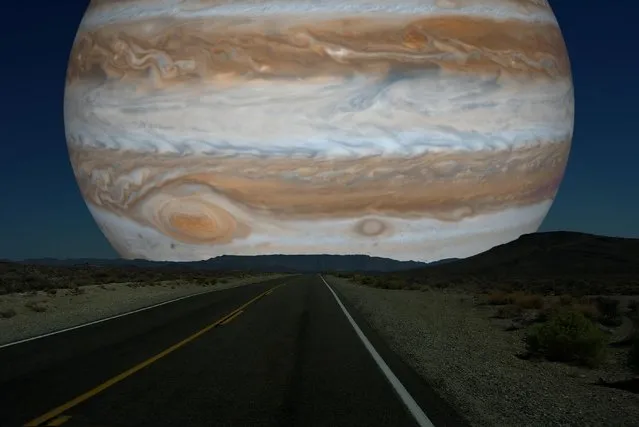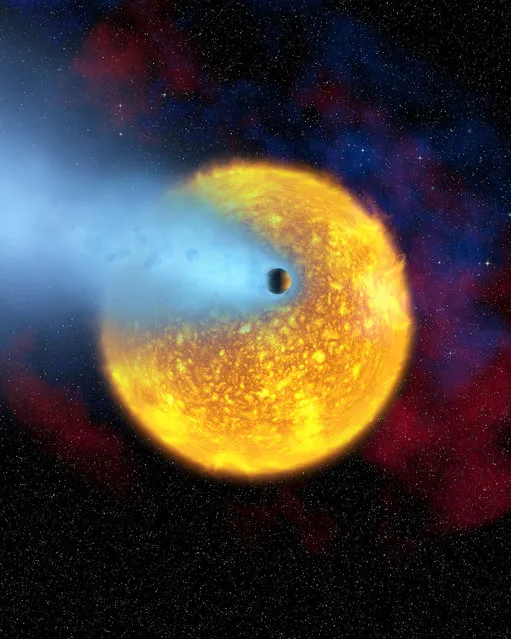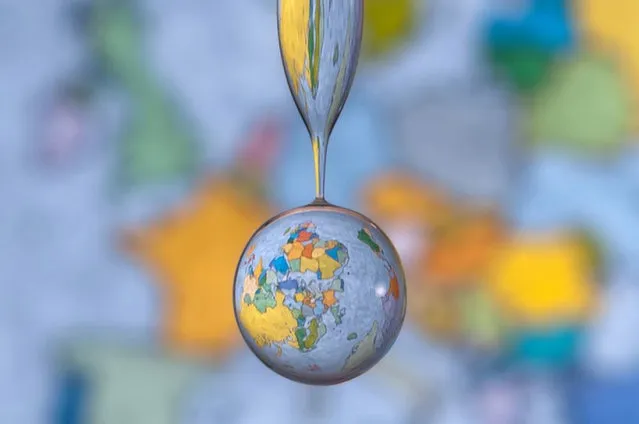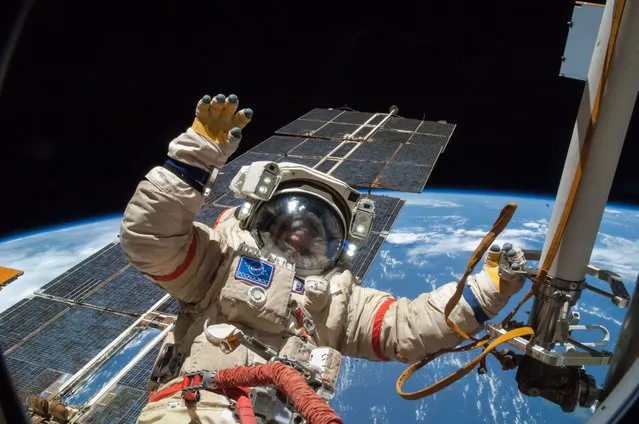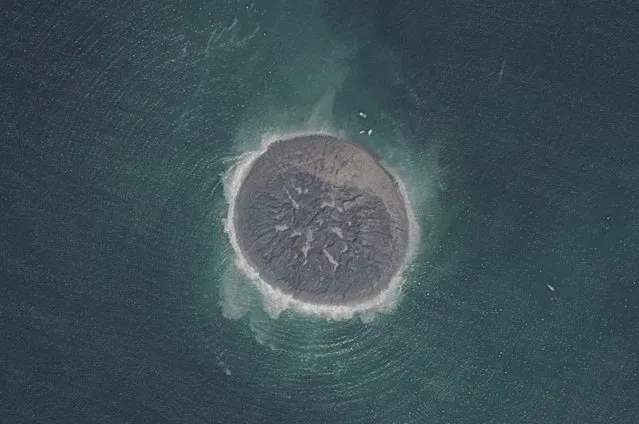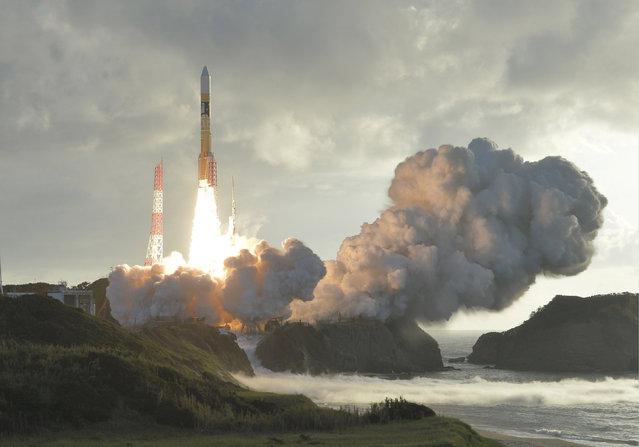
An H-2A rocket carrying Japan's fourth and final quasi-zenith satellite, the Michibiki No. 4, lifts off from the Tanegashima Space Center in Kagoshima Prefecture, southwestern Japan in this photo taken by Kyodo on October 10, 2017. (Photo by Reuters/Kyodo News)
11 Oct 2017 07:50:00,post received
0 comments

